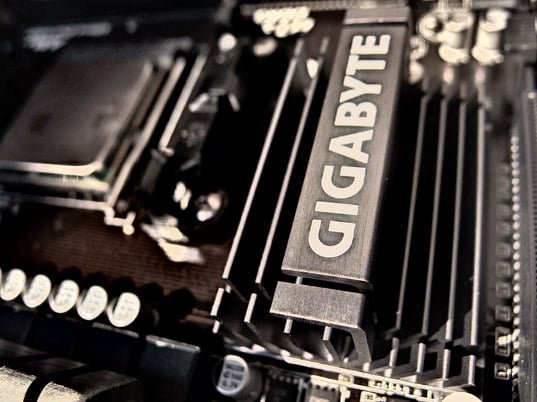Industry estimates are that 40% of all ITSM system migration
projects end badly. What’s the safest way of not ending up
as a migration statistic?

When it comes to upgrading your hardware or network, HP Service Manager, for example, the emphasis has to be on continuity. While possible, an upgrade to new infrastructure is less about changing the functionality of the system, then, than boosting the power of the resource it runs on.
The challenge: a lot of such hardware migration projects crash and burn - some industry experts say as many as one in four meeting such an end. So what’s the best way to ensure any large-scale ITSM migration project can come off with minimum downtime, the process stability the business wants - and no disruption to client services.
...industry estimates are that 40% of all ITSM system migration projects end badly.
Experience, such as working with HPSM tells us that these are all big asks without expert help. But what does that help look like?
Focus On Your Success
Your ITSM systems migration project partner is only credible if it has contactable references of successful large-scale projects and has developed IT service management best practices. You’re also really going to meet the dedicated project management team, available 24/7, that’s going to be there to help you. These guys need to own - take full responsibility - for the project, being on call and answerable to you via full service level agreements mapping on to a workable migration plan. And to protect your budget and keep quality up, we’d recommend full exploitation of nearshoring development and project management services to reduce cost and deliver the goods.
Adequate Resources
The ideal system migration partner will also have proven project methods, tools and technologies to help keep your project on track and to budget. It also really needs to have attractive partnerships with major software and hardware vendors and complement its own internal tools. They must also demonstrate appropriate technical expertise, e.g. in managing and hosting server OS platforms, web services, portals, databases, messaging, storage and backup systems, for example. Smarts help, too; the team should be built around a solid core of CCIEs, MCSEs and PMPs.
No Need For Any Service Warnings
As we said, the lynchpin to migration is continuity. To that end, lock in safety and stability by working with a company able to offer managed services and the ability to properly host and look after mission-critical systems throughout the upgrade to ensure your peace of mind.
If you only start an ITSM migration process with this kind of partner, you can avoid the one in four migration disasters - and ensure zero disruption to customers, good use of budget and your critical data remains secure and available throughout the migration process.

